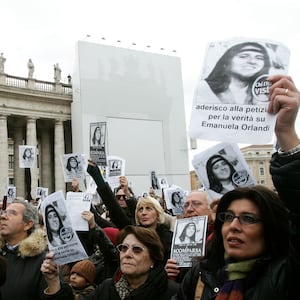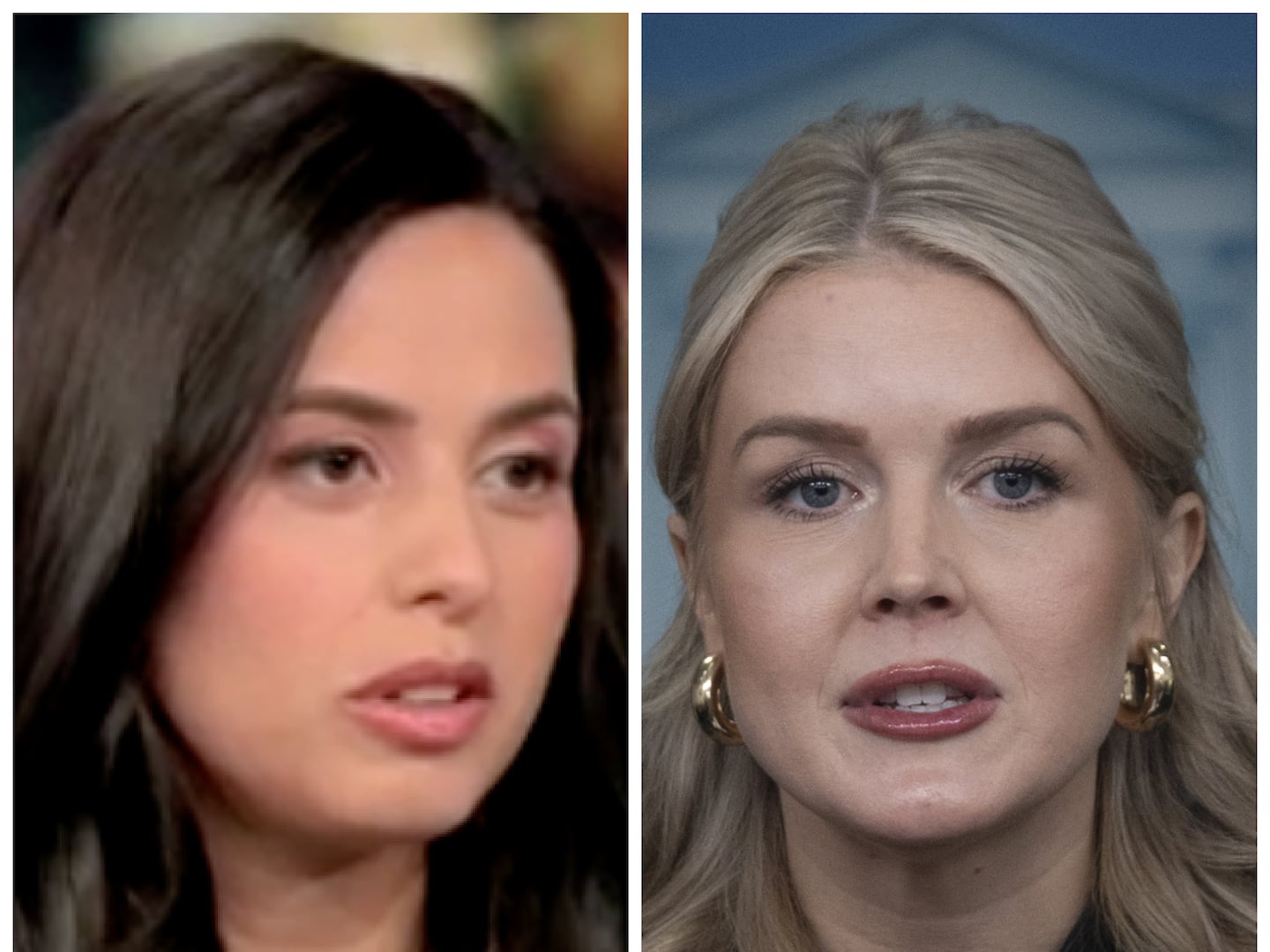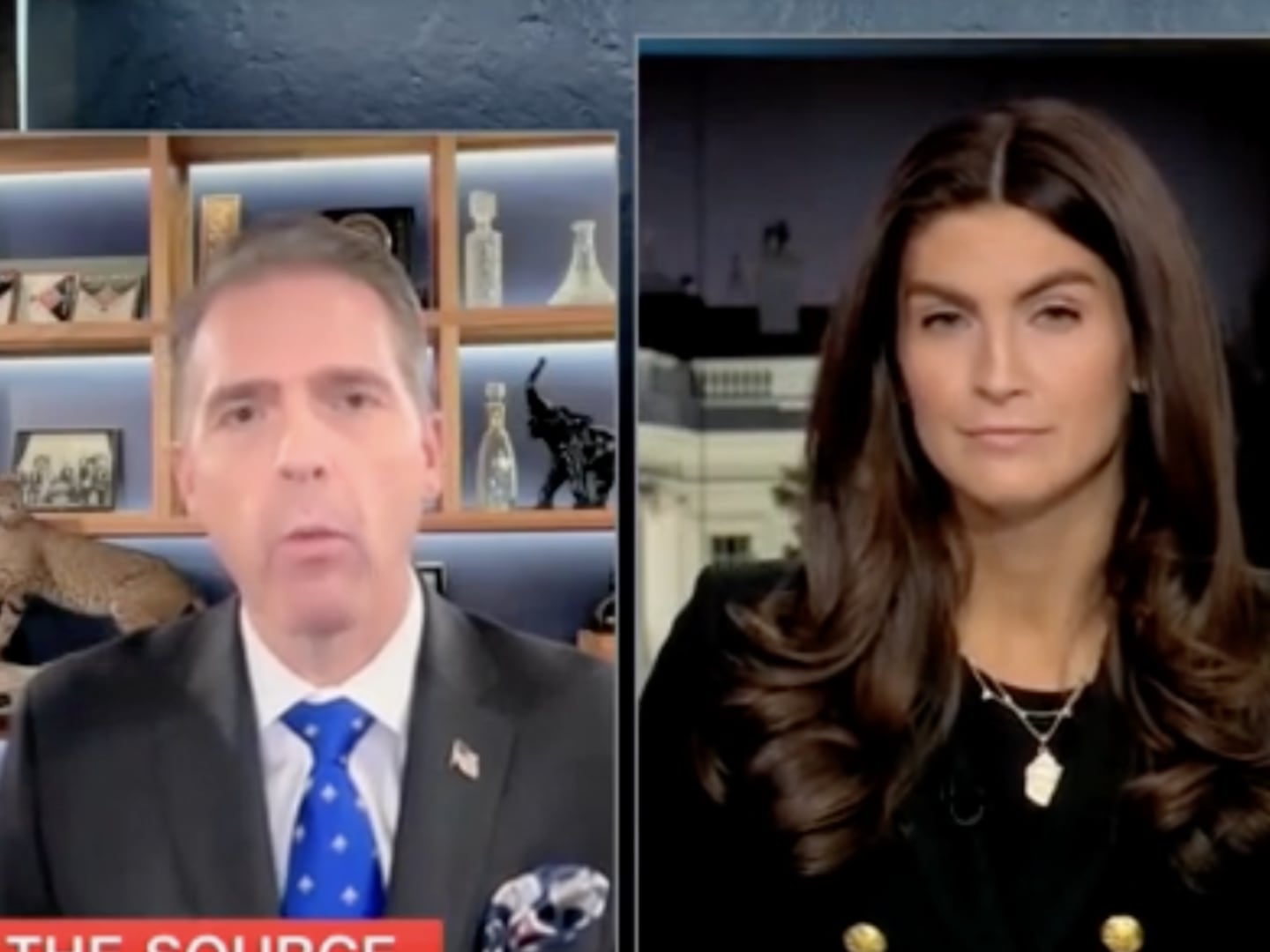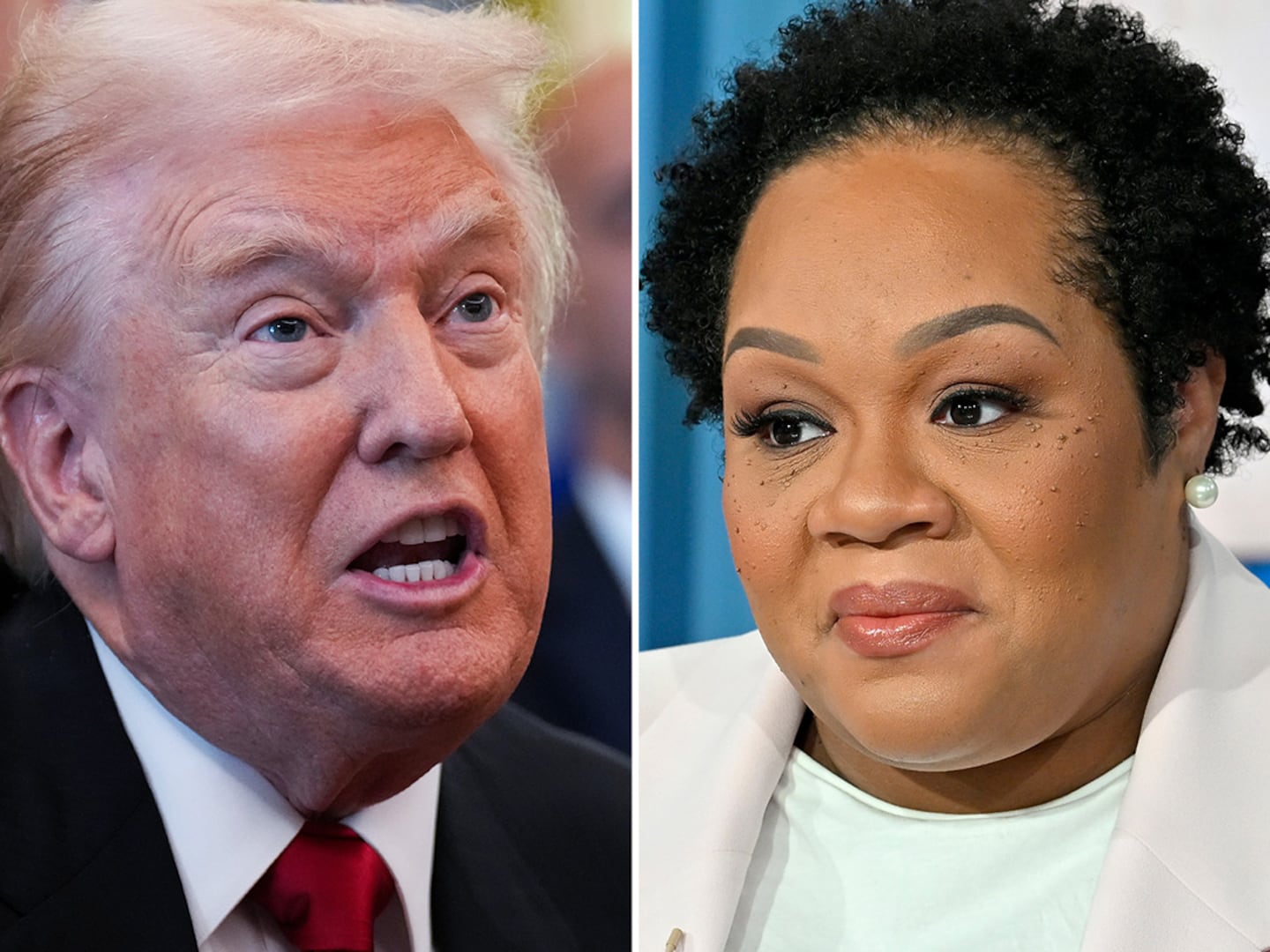ROME—There are few conspiracy theories that captivate conspiratorial Italians as much as the disappearance of 15-year-old Emanuela Orlandi, the daughter of a Vatican employee who vanished outside an Opus Dei church in 1983. Prime suspects? The KGB, the Italian mafia, the Russian mafia, Turkish terrorists, to name a few. But as Vatican Girl, a new Netflix docuseries on the case points out, “There are grains of truth in each theory, but all the roads lead to the Vatican.”
The Daily Beast previewed—OK, binged—the four-part series ahead of its release Thursday, and no documentary to date cuts as close to the bone in the nearly 40-year-old cold case. Tombs have been unearthed, gangsters’ lovers have been interviewed, and international terrorist plots parsed in trying to understand if Orlandi is alive, and, if not, who killed her and why.
Director Mark Lewis (Don’t F**k With Cats: Hunting an Internet Killer) unveils a number of new pieces to the puzzle, including the rarely mentioned fact that Orlandi disappeared the day Pope John Paul II was in Poland addressing hordes of Solidarity followers (who were rumored to have been funded by Vatican money with ties to the mafia). He also introduces a new witness who claims that Orlandi, who lived inside the Vatican fortress, was sexually assaulted by a cardinal and that the secret was used to blackmail the church. Lewis told The Daily Beast that sifting through a story with so many leads meant taking some distance. “Crime stories like this have layers of journalism that get laid down like leaves,” he said. “The story has a succession of theories, a succession of clues to work through.”
The series is equal parts a love letter to Rome, with photography that at times looks like a Rome tourism campaign, and an old-school documentary, with grainy never-before-seen footage from the Orlandi family archive that brings the missing girl to life. The project was aided by the fact that much of it was shot during Italy’s COVID-19 lockdowns, which meant Lewis and his crew could shoot an empty Rome after curfews. He also stumbled upon the Orlandi footage after he asked about a bag of old film reels under Pietro Orlandi’s desk he just happened to notice, which provided an unprecedented portrait of the family before their beloved daughter and sister disappeared.
Orlandi lived with her family inside Vatican City State in an apartment paid for by the pope as a perk of her father’s work. The Orlandi family, who had “served” the church under seven pontiffs, is now namely the surviving brother Pietro, who has dedicated his life to pestering various popes to dig up the truth and who looms large in the series. The family matriarch still lives there despite Orlandi’s siblings openly blaming the landlords for the girl’s disappearance. Pietro has told The Daily Beast on several occasions that the Vatican elite are the only ones who know the truth of his sister’s fate.
What sets this docuseries apart is how Lewis has woven a tapestry from the most far-fetched conspiracy threads on the case, including the attempt on the life of John Paul II by Turkish terrorist Mehmet Ali Agca, and how Orlandi might have been kidnapped by the KGB to silence him.
Lewis also interviews a cast of characters that would make Federico Fellini proud, and who serve to underpin the inherent secrecy-driven corruption that has swirled around the Vatican for centuries. Interwoven into the four episodes are a sprinkling of murders and mafia, including the hanging death of “God’s Banker” Roberto Calvi (with rocks in his pockets no less) under a bridge in London, tied to the deceitful Machiavellian deeds of American cardinal Paul Marcinkus. He also spent time with the aging mistress of the head of a Roman criminal gang known as the Banda della Magliana whose tomb was not-so-coincidentally in the same Opus Dei church where Orlandi disappeared.
In the unraveling of the conspiracies that don’t pan out, Lewis manages to tell several intricate stories that circle back around to sex, lies and God’s men on Earth to build a case that whoever kidnapped the teen did so to blackmail the Vatican.
Lewis also relies on the charismatic Italian journalist Andrea Purgatori, who spent his career obsessing on the case, as his noble guide. At one point in the second episode, Purgatori sums up the central theme, that all the crimes tied to the conspiracies around Orlandi were committed “by the same people—the mafia—with the same target—the Vatican—and the same message: Give us back our money.”
Some of the most tense testimony comes from Marco Accetti, who claimed he was “the American,” or the man who called and talked to the Orlandi family early on to make the deal to free the Turkish would-be assassin of Pope John Paul II. He says his voice matches the police tapes perfectly, and, in a haunting scene, Lewis has both the suspect and the cop describe a call from both sides of the phone. Accetti made his entrance into the story by returning Orlandi’s flute, which he said he hid in the studio of film producer Dino De Laurentiis, but Lewis masterfully props up and then eliminates Accetti as a prime suspect in the case.
The series also folds in the oft-mentioned theory of another girl who was kidnapped shortly before Orlandi, Mirella Gregori, who was last seen on May 7, 1983, and who may or may not be tied to Orlandi’s disappearance. Neither girl has ever been found, dead or alive.

People gather in St. Peter’s Square to mark the 30th anniversary of the disappearance of Emanuela Orlandi, on June 22, 2013, in Vatican City, Vatican.
Franco Origlia/GettyBut the story comes to its crux in the final episode, when a friend who knew Orlandi before she was abducted came forward to say that a few weeks before her friend disappeared, her friend was “bothered” by a cardinal who was an ally of the pope in the Vatican gardens. The friend says that Emanuela confided in her about the inappropriate behavior of a sexual nature. A few days later, she vanished.
Lewis also explores the discovery of a leaked Vatican dossier that purports to itemize expenses related to Orlandi’s keep in a London convent for more than 14 years, ending with “final paperwork” and a return to Rome, almost certainly as a corpse.
Will we ever know what happened to the Vatican girl? Probably not, but as Pietro Orlandi, brother of the victim, sums it up, “The only thing I know for sure is that the Vatican knows the truth.”







